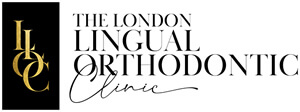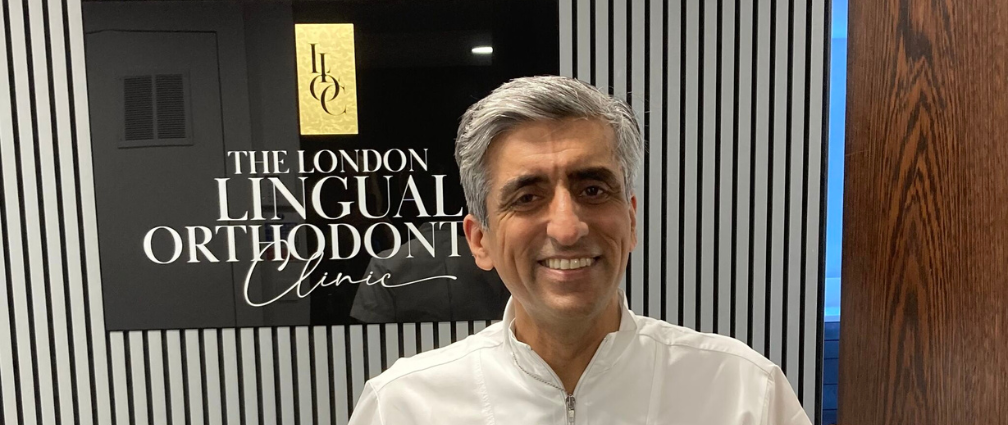Patients of ours who are treated with the Suresmile system are likely to have two scans, the first is prior to treatment and the second takes place once they have their braces fixed to their teeth.
The scanning procedure involves the capture of thousands of images of the teeth. Using the Suresmile software, the scans are all assembled to create accurate images of both arches. It allows Asif to plan the treatment and the patient to see how their teeth will move.
Safety-conscious age
Occasionally, patients have asked what the radiation exposure might be. We live in a very safety conscious age and a scan can be synonymous with an X-ray. The very word suggests the use of electromagnetic waves and possible radiation risk. X-rays are an important asset for dentists and all patients should expect to have a fair number taken throughout their lives and there is minimal risk. But with the ‘scan’ that we carry out, it’s quite simple, there is no radiation and no risk at all from the procedure.
Hundreds of images
In fact, the key component of the Suresmile technology is a camera with a mirror. The mirror reflects images which are captured as the camera is moved around the patient’s mouth and are then combined to form the 3D digital set-up.
The second scan takes place once the brackets are positioned on the teeth. It allows Asif to visualise how the teeth will move. This can be vitally important when a patient is having a further course of treatment with another clinician. For instance, if the patient requires an extraction because their teeth are crowded and this is the only way to get a long-term stable result, the digital set-up allows Asif to plan which is the best tooth to extract.
Perhaps we should think again before we use the word scan. But what other word would we use? To describe it as a doofer wouldn’t do justice to the procedure at all. How about a dongle? No. I think we will just settle for a space-age, risk-free scanning camera.













